Insights from My Negotiating Successes and Failures
For this week, we would like to share with you an article taken from one of our “classic” blogs that you may enjoy reading. This article is filled with insight from our CEO, Michael Griffin, about Negotiating Successes and Failures. Read this interesting article to nurture your learning this week.
==============================
By Michael J Griffin
I have been negotiating deals across cultures for over 30 years. This blog is not about negotiating skills but insights to make your negotiating more successful. Remember success means a win for you, your company, and your client.
Sell skillfully first and negotiate less. Smart customers force inexperienced salespeople to negotiate first, then have them sell later by squeezing for more benefits. Acknowledge the customer’s remark and then ask to put the “objection” aside and come back when you have explored all business issues and needs. The more needs you can satisfy, the less you negotiate.
A price objection at the beginning of a sales call is to test you. Price is the easiest objection for a customer to raise to force you to negotiate. It is also a test of your attitude and selling skills. Tell the customer price is related to your total solution. Then probe for needs of performance, safety, image, and productivity that lead to your exclusive benefits and solution. Price will normally drop in the priority of needs and make it easier to overcome.
Don’t forget to cover all solution parameters when selling. Selling involves a solution that covers deliverables, investment, and terms and conditions for the sale. Make sure you get out all the customer requirements of their purchase out in the open before you negotiate.
Birds of a feather buy from each other. Customers normally want to deal with salespeople they trust and like. I have found customers will negotiate less with salespeople they feel they can collaborate with – salespeople who are professional, have good EQ, practice integrity by putting customer first – not their commission or sales target.
Customers may pass the negotiation to procurement or finance – Be prepared! Usually procurement is ill informed about the total solution and business issues. Therefore it is very important to uncover all needs and satisfy them before meeting procurement. Always ask the customer at least twice “Have we uncovered and talked about all your requirements?”
Plan well, negotiate less. The majority of salespeople I train or coach admit they do not take enough time to prepare their negotiation strategy, tactics, and walk away position. This is deadly. Why? Customers are much better prepared than the salesperson as they have access to information and solutions from your competitors and researching the internet. Do your negotiating research and planning – involve an experienced sales colleague or your sales coach if needed.
Start any negotiation with an agenda. This agenda includes a summary of what has been agreed, define all the negotiating items, confirm all items, are in the open, meeting length of time, and the expected outcome and benefits of a successful meeting. This positive step gets the customer focused, and, minimizes any surprises.
Hand it off. Frankly, my heart to help the customer or my desire not to be rejected has helped me to successfully sell, but sometimes fail big time in negotiating. If personality or important issues gets in the way of a successful deal, hand the negotiating off to a seasoned person on your team, or, go with your sales manager to support the negotiation.
Timing is important when there is competition. David Pink of CNBC says when to negotiate s very important and here are his key points. If there are few competitors, go first if you think your solution is solid. This creates objections when your competitors march in after you. If there are a lot of competitors or the client decision criteria is unclear, then schedule your negotiation as the last one.
Use the time of the day, breaks and time-outs to your advantage. Remember, Mr. Pink says this, “The customer default position is NO!” Sales negotiators are more likely to overcome the default customer “no” in the early morning or after breaks. The customer and you are refreshed and more likely to collaborate. Breaks may also be to call a time out for you to discuss an important issue with your company, rejig your strategy, or to break the momentum of an impasse.
With these negotiating tips in mind, apply them when you sell and negotiate with your clients. You will be more successful in achieving win3 agreements that build long-term productive client relationships.
Have a successful sales week – keep safe and healthy!
Michael J Griffin
Master 6E Sales Coach
ELAvate Trainer across 19 nations

